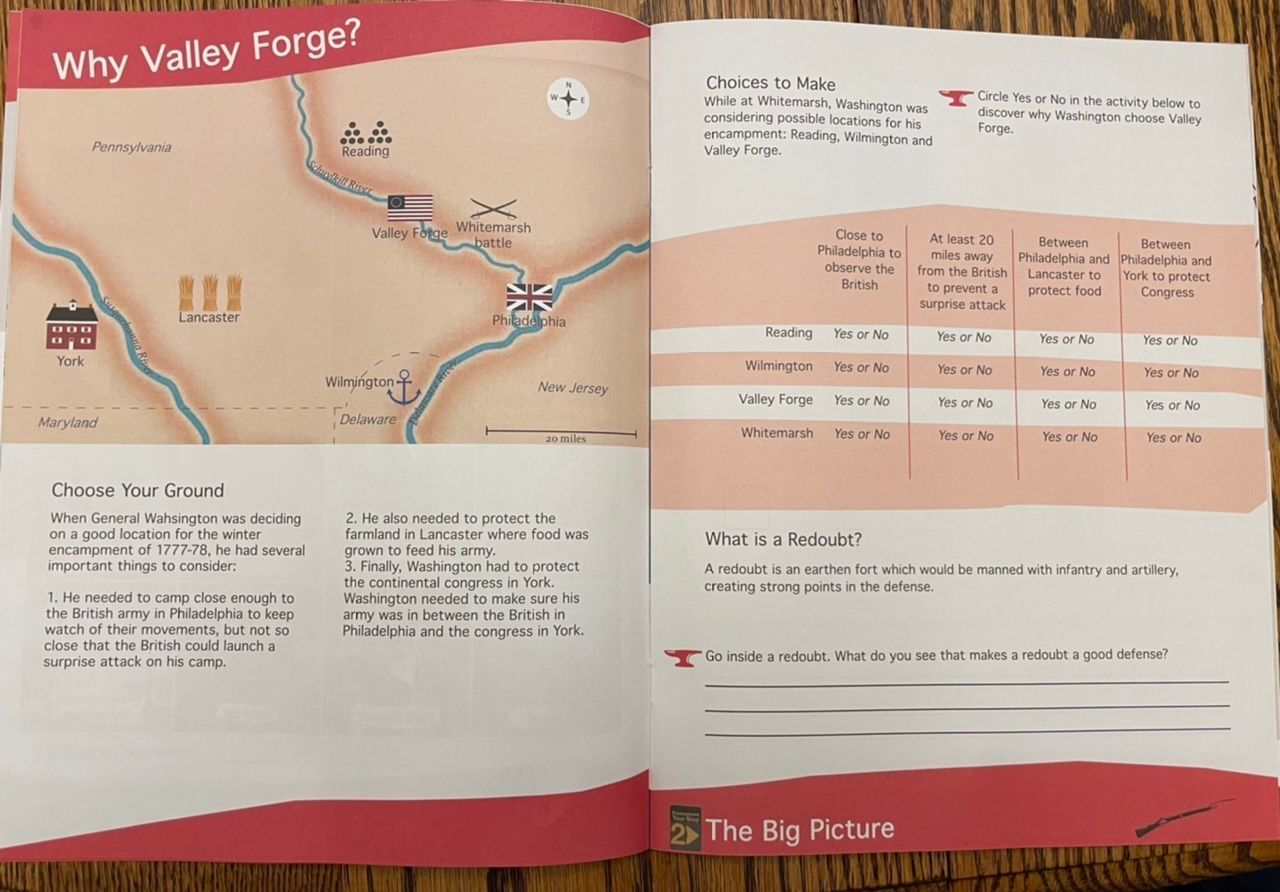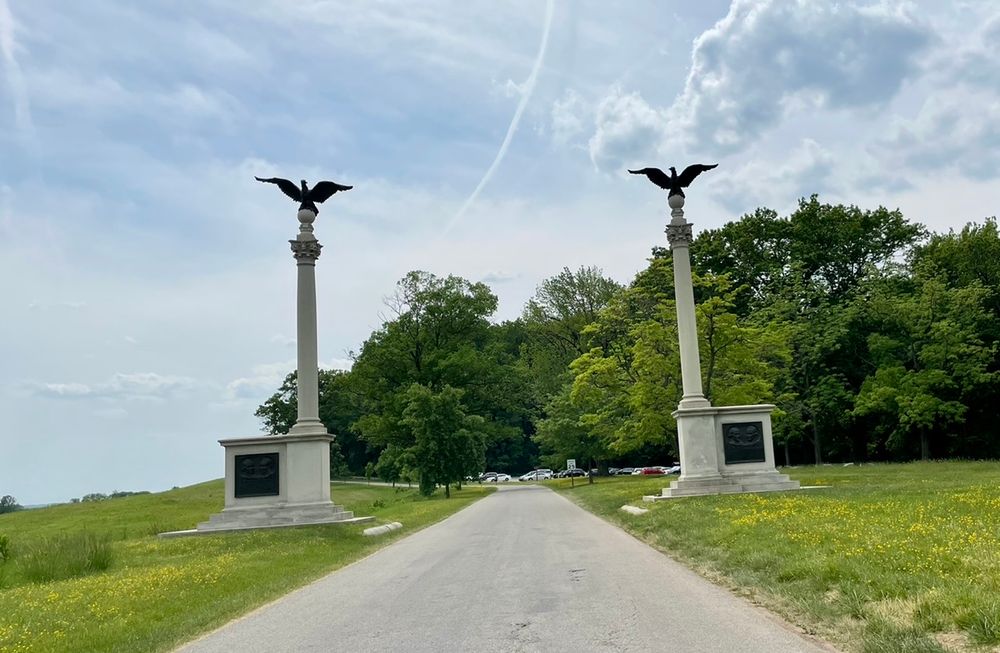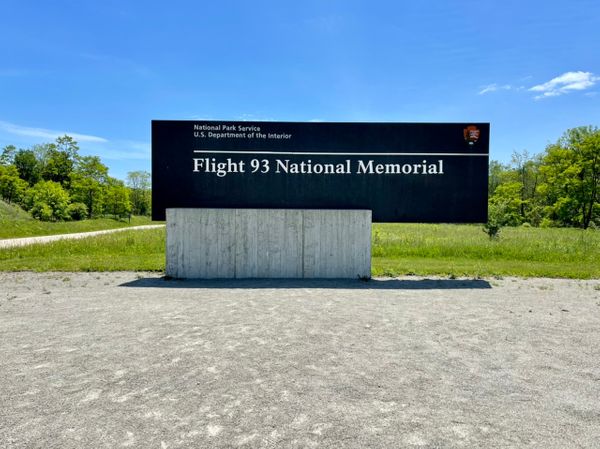History of Valley Forge
Valley Forge is a really important part of the Revolutionary War, which our kids knew very little about. It’s fun for us because they are both British and American, and this war was between the British and the Americans. Because of our visit to Valley Forge National Historic Park, they now know who George Washington was, and we learned much more about Anthony Wayne, whose name we are familiar with from Ohio history.
The Junior Ranger book had a great activity with a map that helps explain why Valley Forge was strategically a great place for George Washington’s army to camp during the winter of 1777-1778.

The British held Philadelphia, just to the east. Lancaster, PA to the west was farmland where the army’s food was being grown, and the just a bit further to the west and south was York, PA, where the Continental Congress was based after being driven out of Philadelphia by the British. Washington needed to put his army between the British army and Lancaster and York so he could protect those areas. He needed to be close enough to Philadelphia that he could keep tabs on what the British were up to, but far enough away that they couldn’t be surprised by an attack. The book doesn’t mention it, but I expect the location on Valley Creek right near the Schuykill River was also a factor, as it meant the soldiers had access to fresh water.
One of the signs in the park talked about how the Schuykill River, Mount Joy, and a ridge that was later lined with outer defenses formed a triangular area of safety for the residents of the camp, which, though temporary, became the 4th largest city in America at the time with approximately 12, 400 people. The Chief Engineer, French officer Brigadier General Louis Leeque Duportail, designed the camp well and the Britich never mounted an attack.
During the winter, the fighting stopped because of the cruel weather, limited supplies, and difficult terrain. Washington hoped that the army could train and recover. However, the most well-known images of Valley Forge are of privation and freezing soldiers. The park brochure includes a quote from Private Joseph Plumb Martin, talking about how poorly funded the army was: “We are now in a truly forlorn condition, no clothing, no provision, and as disheartened as can be.” Washington himself, the Junior Ranger book tells us, wrote on December 23, 1977 that “I am not convinced, beyond a doubt that unless some great and capital change suddenly takes place...this Army must inevitably be reduced to one or other of these three things...starve, dissolve, or disperse.” In addition to these concerns, the brochure says that almost 2,000 soldiers died at Valley Forge of diseases like influenza and typhoid. With soldiers packed 12 to a tiny little hut, it’s no wonder that contagious diseases would have a devastating effect.
Against high odds, the Continental Army did make it through the winter of 1977-1978, and the next May the Americans negotiated an alliance with France that turned the war, though that did last another five years. When the British left Philadelphia to defend New York in June 1778, Washington's area left Valley Forge to pursue them.
Valley Forge was the very first state park of the Commonwealth of Pennsylvania, designated as such in 1893. Post-Civil War, people wanted to remember the unity of the Revolutionary War and saw Valley Forge as a symbol of perseverance. It became a National Historic Park almost a hundred years later thanks to local citizens concerned about development in the area. It was designated as an NHP on July 4, 1976, the United States of America's 200th birthday, by President Gerald R. Ford.



